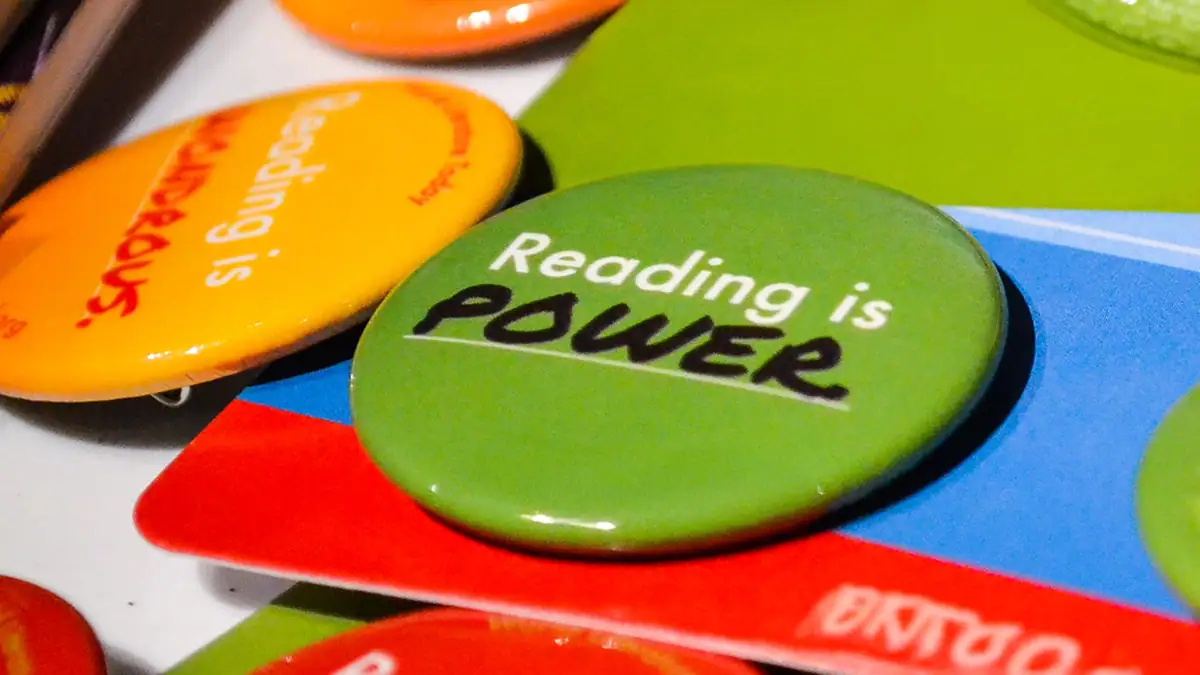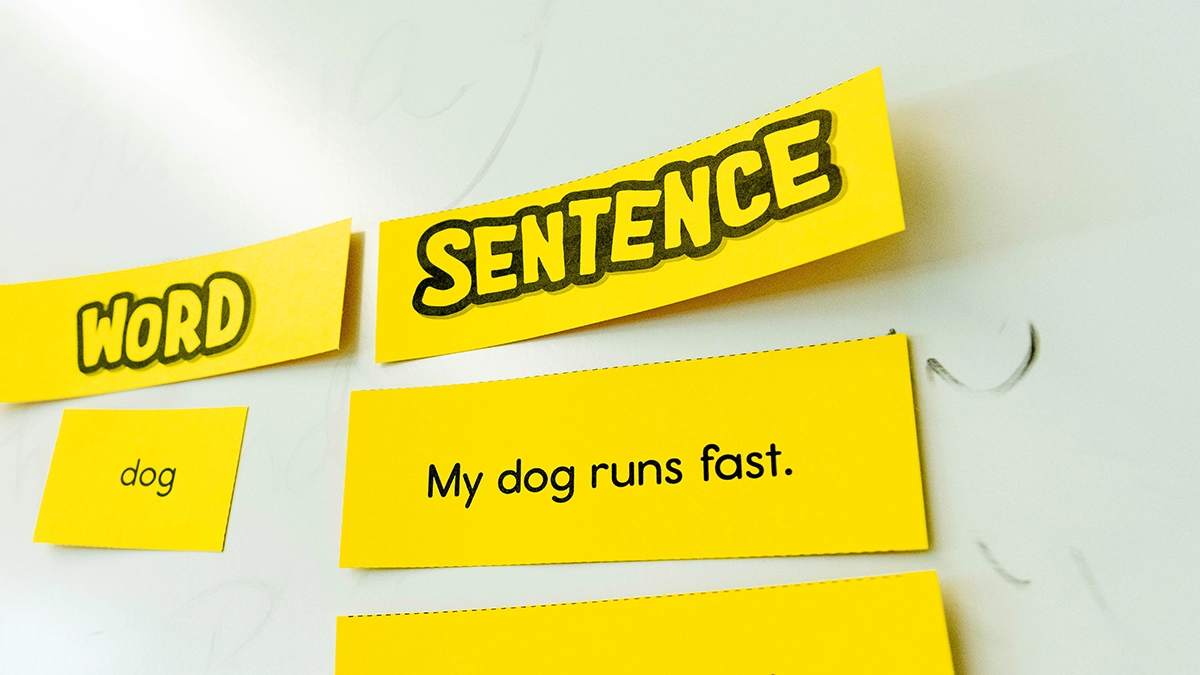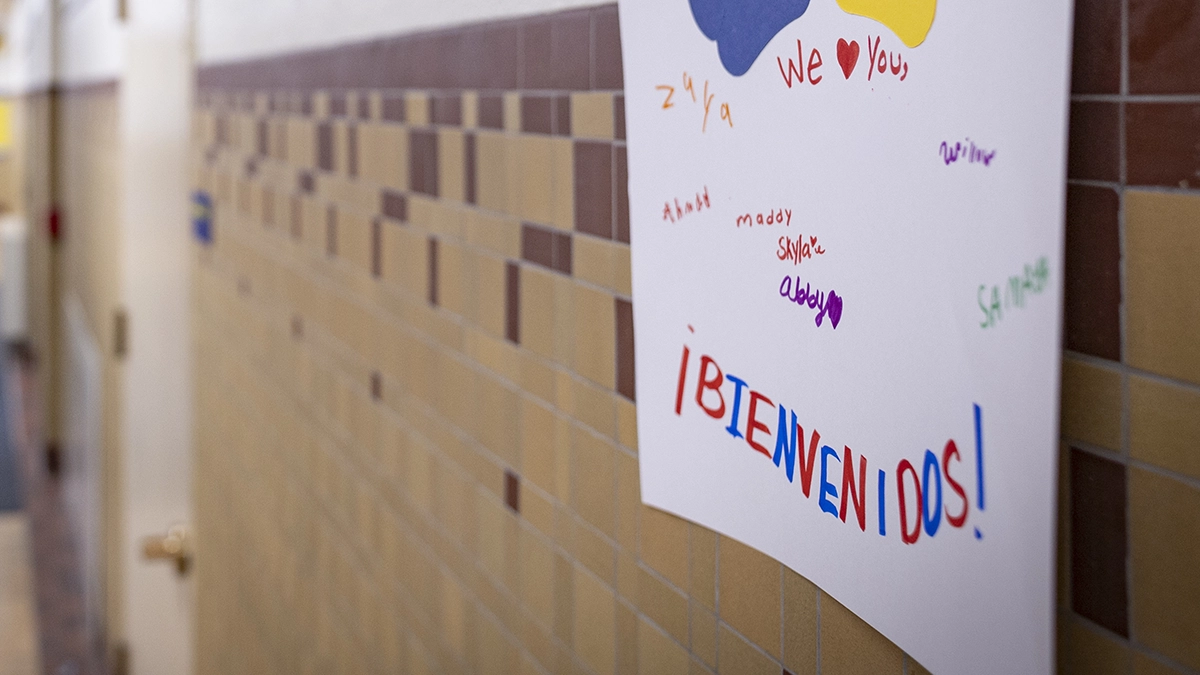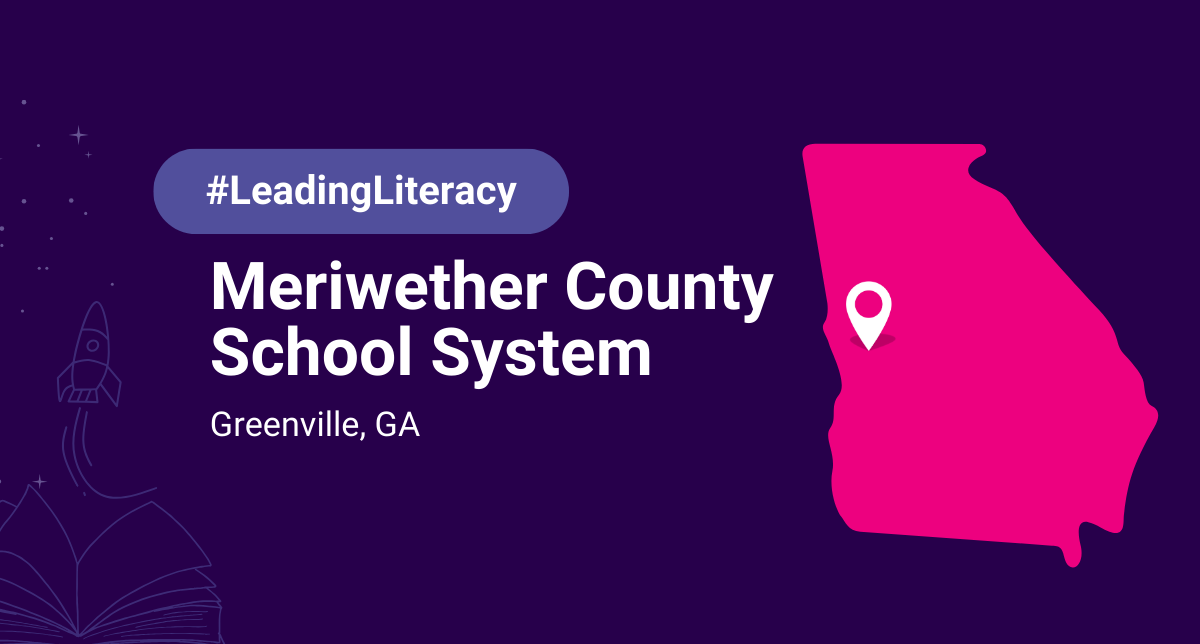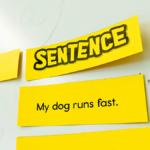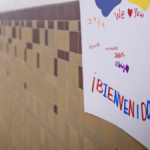It’s a story you know all too well. A district invests a huge amount of resources, time, and effort into Tier 2 reading interventions, but the progress needle doesn’t move. Maybe it’s happened to you before, or maybe you’re getting a stress headache just from reading this because it’s happening in your schools right now.
Take a deep breath with us. We’re here to explain why the major culprit in these cases is misaligned Tier 2 reading interventions — and how to fix it.
As you well know, the costs of misaligned interventions are more than just financial.
Misalignment can result in lost learning time, delayed progress, and a lot of frustrated students and teachers. To help you move through it, we asked two educators who’ve overcome many of these familiar obstacles to build thriving MTSS in their own districts.
Katie Schubmehl, MEd, serves as K-4 literacy coordinator in Chelsea Public Schools, a gateway school system north of Boston. Phelton Cortez Moss, PhD, is a tenure-track professor of educational leadership at Virginia Commonwealth University and a former English teacher and principal whose work moving an underperforming middle school from an F to C in two years led him to become the bureau director of educator effectiveness and talent acquisition at the Mississippi Department of Education.
Here’s what they had to say about the main causes and costs of misaligned Tier 2 reading interventions, plus how to address the problem so your students can start to reap the benefits with reading growth.
Tier 2 Interventions
Before we dig too deep into the issue of misalignment, let’s quickly look at what it means to have aligned Tier 2 reading interventions.
A multi-tiered system of supports (MTSS) is all about layering instruction for kids to make sure we’re meeting all needs. With this in mind, Tier 2 interventions that can effectively improve student reading outcomes:
- Are delivered in small groups or 1:1 to allow for more targeted instruction
- Support, rather than replace, Tier 1 instruction
- Provide more practice time for the students who need it to master the reading skills taught in Tier 1 instruction
- Are designed to address specific reading skills gaps identified during diagnostic assessment
- Allow the instructor to provide immediate corrective feedback
- Are temporary — when progress monitoring shows students in Tier 2 have closed their skills gaps and are reading on grade level, the intervention should end.
What Do We Mean When We Say Misaligned?
With that ideal in mind, what does a misalignment intervention look like?
In the simplest terms, Tier 2 intervention is misaligned when it doesn’t directly target, address, or improve the skill deficits that are standing in a student’s way.
This could be a simple case of an intervention mismatch. If Tier 2 instruction is focusing on fluency, for example, when a student really needs more support with phonemic awareness, there’s a clear misalignment.
Then again, misalignment could be linked to red flags related to teacher training and support, the learning environment itself, or your materials, Moss says (more on this shortly!).
On their own, these may seem like small problems.
But, just like a tiny nail can make a hole that slowly drains the air out of a huge tire, intervention misalignment chips away at progress, money, and morale little by little, eventually causing major problems if it isn’t addressed.
The Costs of Misaligned Tier 2 Reading Interventions
Here are some of the sneaky (and not-so-sneaky) ways misaligned Tier 2 interventions cost your district financially and otherwise.
- Wasted budget and resources. From the cost of curricula to different software licenses and other supports, Moss warns districts face a very real financial loss from misaligned interventions.
“[If] you put kids in a lab and you expect to monitor seat time on a product that’s misaligned…then you’ve wasted whatever that unit costs you in terms of dollars and cents, and you’re not intervening on the right work,” he explains. - Lost learning time. It may seem obvious, but it needs to be said — every minute spent on a misaligned intervention is a minute of learning time lost. That’s a direct, immediate opportunity cost at both the student and classroom level.
Consider what happens when a teacher spends 20 minutes working with a small group, delivering Tier 2 instruction that’s misaligned. There is no way to wrest those 20 minutes back and dedicate them to instruction that will move the needle for students, nor can the teacher get back the time spent not helping her students move forward.
This is a transactional loss for your district — wasted resources in real-time that could have been used productively. - Slower school-wide and district-wide growth. On top of that direct and immediate cost, there’s a systemic, compounding cost for districts and their students.
Because reading skills build hierarchically (you need phonemic awareness before phonics, phonics before fluency, etc.), students who don’t get appropriate intervention don’t just stay stagnant — they fall further and further behind as grade-level expectations advance.
In reading research, this phenomenon is known as the Matthew Effect.
Similar to the concept that the rich get richer while the poor get poorer, the Matthew Effect explains what happens to students who struggle with foundational skills without help. They miss out on the practice and exposure that would help them improve, while their peers who don’t have the same reading gaps get more practice and accelerate further ahead.
This in turn creates a compounding effect. Skills gaps widen, kids need more intensive support later, and the overall MTSS system becomes less effective as more students slip through the cracks. This undermines the entire infrastructure meant to catch kids who need help early, affecting school-wide data and district-wide literacy outcomes. - Dwindling morale for students and teachers. The human and emotional costs that come from misaligned Tier 2 interventions are often overlooked — but no less devastating.
Unlike the resource cost of loss time, structural cost of systemic deterioration, and the financial cost of wasted money, this is about potentially long-term damage to human agency and belief.
Think of the student working hard in intervention sessions who isn’t seeing any progress. Is it any surprise that they often start to internalize failure? That they might decide “I’m just bad at reading” or “Nothing helps me,” which makes them less confident in themselves and less willing to engage in the classroom?
Similarly, when teachers implement interventions with fidelity but see no growth in their students’ data, they experience professional frustration and burnout. They begin to question their own effectiveness, lose trust in the intervention systems they’re asked to use, and may become cynical about MTSS itself. This damages teacher retention and instructional quality beyond just the intervention block.
If a student is not reading on grade level by the end of their 1st grade year, there’s nearly a 90 percent chance they’ll still be reading below grade level in 4th grade.

Causes of Misaligned Interventions — And How To Fix Them
Now, are you ready for some good news? Misalignment can be fixed. And you don’t need to deconstruct and rewire your entire system to do it.
Let’s take a look at some of the most common causes of misalignment and their fixes, according to Moss and Schubmehl.
1. The Problem: Curricular Disconnection
“One of the biggest misalignments that I see is when Tier 2 doesn’t serve Tier 1 at all,” Moss says. “I mean [using] something vastly different from what’s going on in Tier 1… a whole other program that has absolutely no alignment to your core knowledge-building curriculum.”
Tier 2 intervention is about helping kids master reading skills by giving them more support than what they get in Tier 1 — but that doesn’t necessarily mean teaching them something entirely different. If Tier 2 intervention programs have no relationship to your Tier 1 instruction, that’s confusing and doesn’t reinforce the skills kids are learning in their core instruction, which can lead to inconsistent results or no improvement at all.
How to fix it
Tier 2 interventions are only as good as their alignment to core instruction. In many cases, when students need more practice, these are some of the ways successful schools address it:
- Intensify instruction. — Increase the frequency and duration with which kids engage with their core lessons.
- Provide more corrective feedback. — Prioritize small group or individual interventions such as high-dosage tutoring.
- Ensure Tier 1 and Tier 2 alignment. — Have literacy leads map the scope and sequence of Tier 1 and Tier 2 materials together. Make sure they align on language, routines, and that each intervention strategy maps to its corresponding reading skill from Tier 1.
Learning the same practices in Tier 1 and Tier 2 settings allows for additional practice opportunities to apply skills and strategies in different settings and with different texts, facilitating generalization.

2. The Problem: Staffing Mismatch
In simple terms, a staffing mismatch occurs when untrained personnel are placed in intervention roles without proper preparation or ongoing support. This may mean you have good intervention strategies but you don’t have a skilled person able to do it or you haven’t trained people to be able to deliver, Moss explains.
How to fix it
Empower teachers, coaches, and leaders to make the best use of materials and to work with diverse students. Provide professional learning and ongoing support and training on:
- The Science of Reading as a whole and the importance of structured literacy
- Best practices for interpreting diagnostic data
- How to adapt interventions based on student needs
- Using your district’s specific curricula, resources, and materials with fidelity
“Professional learning for teachers on the Science of Reading and the why behind it is critical,” Schubmehl explains. “[As a teacher], you are much more likely to implement the high-frequency word routine correctly and orthographically map words if you understand why orthographic mapping is important and how that helps students make connections.”
Additionally, invest in high-quality third-party support when needed to help fill in gaps and ease the burden on staff. “If you don’t have the capacity to train someone to do high-dosage tutoring correctly, go pay somebody who does it,” Moss advises. “There’s no need to waste resources on a unit or a computer program in a lab that’s just not going to work. Let’s go find someone who does this every day and is doing it incredibly well.”
3. The Problem: Marketing-Driven Purchases
“There’s an appetite to just go buy something because it has Science of Reading on it or it has the right words on top of it,” Moss explains.
But this is a case of caveat emptor.
Just because something says it’s aligned with the Science of Reading does not mean it will be an effective intervention for students or align with your district’s goals.
Marketers know what school leaders are looking for, and they’re exceptional at advertising buzzwords in bright, bold font or promising their computer-based program with all the bells and whistles is going to be a one-step solution. Unfortunately, a curriculum or intervention can look perfect on paper but still not be the right fit.
How to fix it
Before you spend the money:
- Research different options.
- Get input from your educators.
- Audit your current tools and training.
- Make sure interventions target the specific skill deficits that are holding students back.
Most importantly, don’t be swayed by bold promises and quick fixes. “We really have to just stop buying computer-based interventions and thinking that they’re going to be the silver bullet or an angel that has descended from heaven and it’s going to make all of our kids read automatically,” Moss says. “It’s just not true.”
“When you’re thinking about curriculum and you’re thinking about profiles of students within districts, really think about what students need and what your students will benefit from,” Schubmehl adds.
High-quality Tier 2 reading interventions are undeniably effective, but they must be timely, targeted and implemented thoughtfully.
Centering the needs of the people in your schools and the true scope of the resources you have available will help guarantee that your chosen interventions have true pay off.
Feature image via World Literature Today/Flickr
